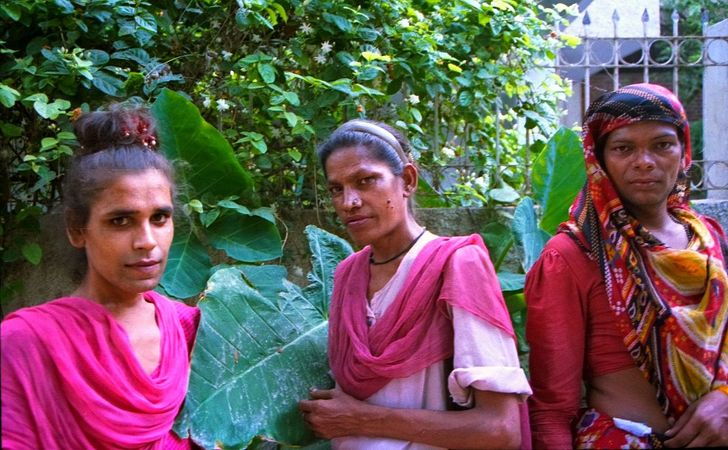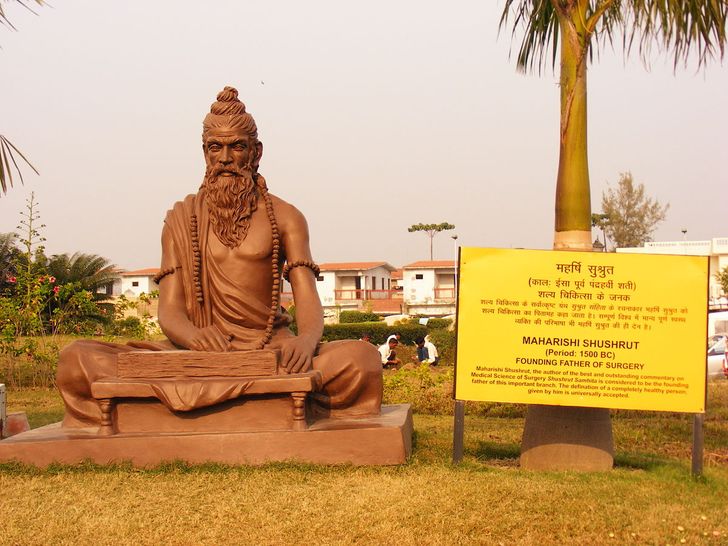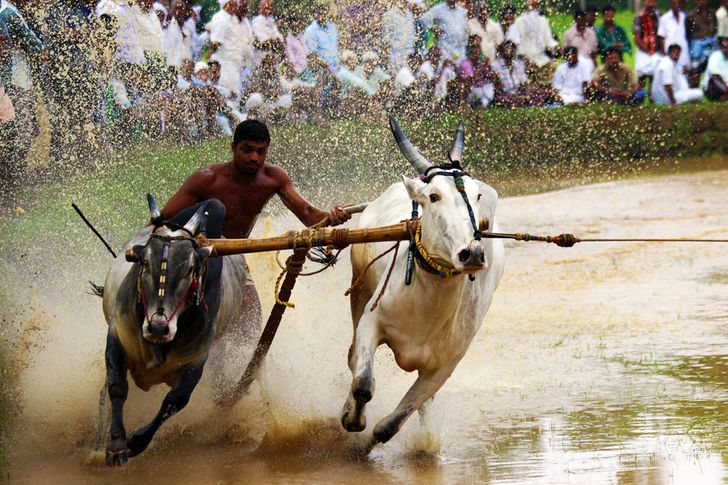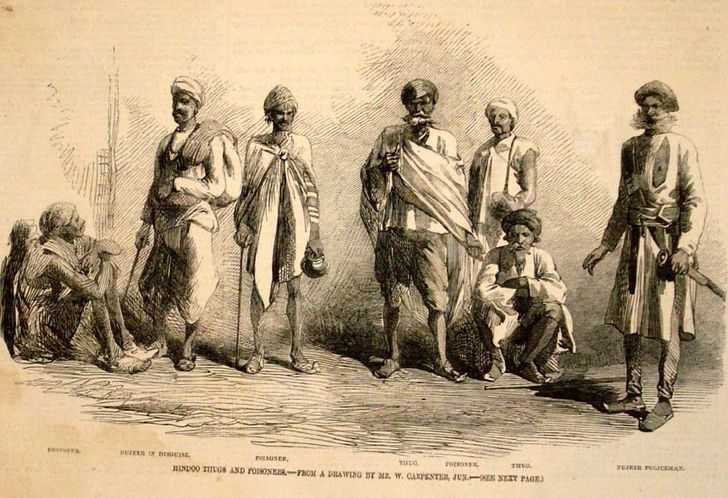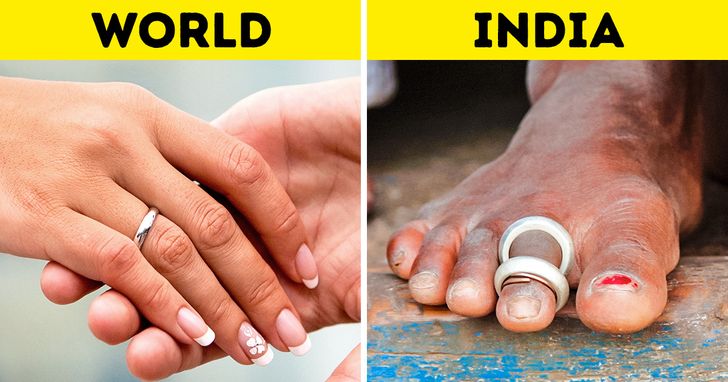Some new facts for me, and after reading this article I want to visit this country too :)
18 Strange Things You’ll Only See in India
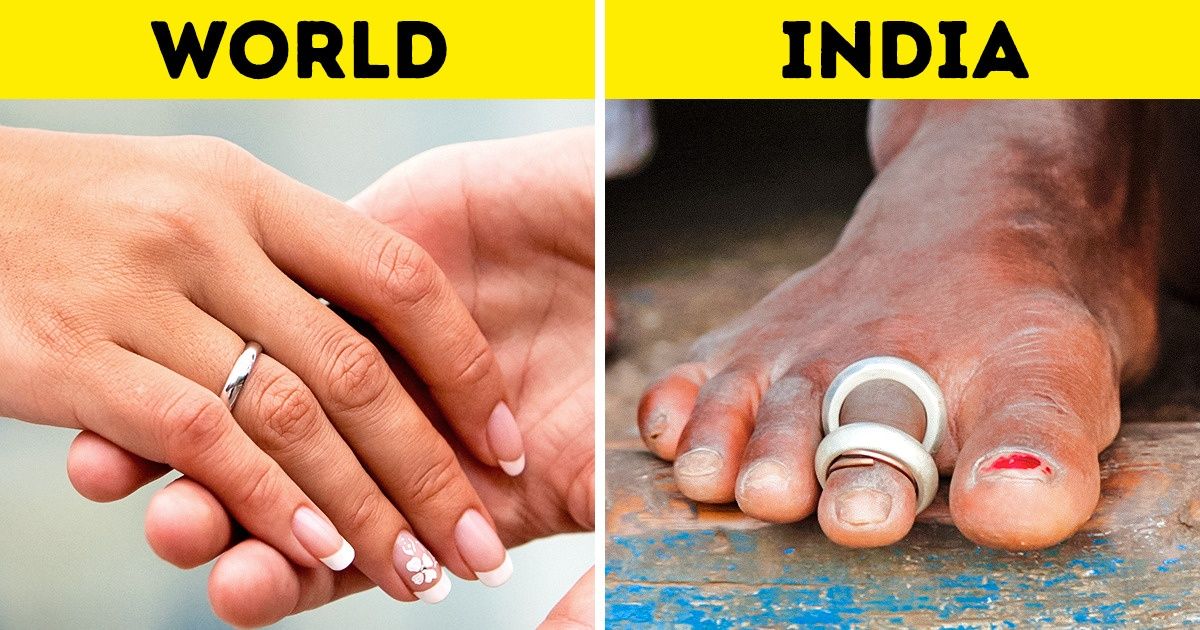
India is not only a country with 330 million gods, here you can cheer on a bull race or walk like Tarzan on root bridges. India has so much to offer, and here are facts to support it.
Bright Side wants to prove to you that India still hides secrets you didn’t know about.
1. The third sex, the Hijras
In India, the term Hijra is used to refer to those people who consider themselves transgender or transsexual. Hijras have a history recorded on the Indian subcontinent since ancient times, as suggested also by the Kāma Sūtra. In April 2014, India’s Supreme Court recognized transgender people as a ’third sex’ in a special law also regarding passports and other official documents.
2. A pilgrimage of 130 million people
The Kumbh Mela, a Hindu pilgrimage that is repeated every 12 years, is the largest human gathering in the world, and it’s also visible from space. This year the Kumbh Mela was held in Ardh of Allahabad from January 15th to March 4th 2019 and is estimated to have seen the participation of 130 million people.
3. The first plastic surgery book
The Sushruta Samhita is an ancient Sanskrit text of medicine that is considered among the first and foremost texts concerning the detailed study of medicine and surgery. Written by Sushruta, it has been dated around the sixth century BC. It is from this text that modern plastic surgery seems to have originated. The text describes the reconstruction of the lips (labioplasty) and the nose (rhinoplasty), using a flap of skin on the cheeks.
4. Bull surfing
Bull surfing is a harvest sport race that takes place in the village of Anandapally, in southern Kerala, during the post-harvest season. A pair of yoked bulls are used to plow a rice field the size of a football field, in water that is ankle-deep, while their handlers surf a wooden plank and hang on to the bulls’ tails or onto their harnesses.
5. Unusual post offices
In India, post offices can be really different than the ones we are used to. Like a floating post office built in a carved houseboat or the world’s highest post office at 15,500 ft above sea level in Himachal Pradesh. In the 1970s, some cities in Rajasthan even had mobile camel post offices, while mules were used in the Darjeeling mountain areas of Bengal.
6. Unique endangered animal species
India hosts some of the rarest and most particular species that can be found in Asia. Among these we have the endangered Asiatic lion and the unique purple frog.
7. The largest consumption of gold per year
India is among the largest consumers of gold in the world. Indian demand has averaged 838 tons per year over the last 10 years. In 2018, 760.4 tons of gold were consumed, most of which were used for jewelry making for marriages and festivals.
8. Bridges made entirely with roots
The bridges in the state of Meghalaya, the wettest in the world, are made entirely with roots to prevent them from rotting due to moisture. The process of creating bridges takes years to complete, but bridges built in this way are much more resistant than those made of wood.
The Padmanabhaswamy Temple, in the capital of Kerala, Thiruvananthapuram, is not only the richest Hindu temple in the world, but it is also the richest place of worship to ever exist. In 2011, the archeology department opened the secret compartments of the temple to inspect the items stored inside and found objects of gold, silver, and precious stones worth hundreds of millions of dollars.
9. 16 adornments of a married woman
Only after getting married do women use their 16 adornments, called Sola Shringar. Among these are the Bindi, the colored dot placed on the middle of the forehead and the Nath, or nose piercing.
10. A fast for 80 years
Prahlad Jani is an Indian breatharian monk who claims to have lived without food and water since 1940. He says that the goddess Amba sustains him. 2 observational studies of Jani have been conducted, one in 2003 and one in 2010. In both cases the investigators confirmed Jani’s ability to survive healthily without food and water during the testing periods, although neither study was submitted to a scientific journal.
11. The tallest statue in the world
India holds the record for possessing the world’s largest statue that stands at a height of 182 m and is known as the “statue of unity.” The statue represents the Indian independence movement leader Sardar Vallabhbhai Patel, popularly known as Sardar Patel.
12. The color of mourning is not black
Unlike the rest of the world, mourning, after the death of a loved one, is represented by white, a symbol of purity, and not by black. When a woman loses her husband, even years later she will wear a white saree, while a widowed husband, especially in the state of Rajasthan, will wear a turban of that color.
13. Magnetic hill of Ladakh
Magnet Hill is a “Cyclops hill” located near Leh in Ladakh, India. As a matter of fact, the notorious hill has caused planes from the Indian Air Force to divert their route in the past to avoid magnetic interference. Objects and cars on the hill may appear to roll uphill, in defiance of gravity, when they are in fact, rolling downhill since the hill road is actually a downhill road.
14. The 9 unknown men
The 9 Unknown Men is a secret society founded by the Mauryan Emperor, Ashoka, around 270 BC to preserve and develop knowledge that would be dangerous to humanity if it fell into the wrong hands. Each of the 9 is supposedly responsible for guarding and improving a single book. Each book deals with a different branch of potentially hazardous knowledge.
15. The largest film industry in the world
Bollywood, is the Indian Hindi-language film industry based in Mumbai and it produced 1,813 films in 2018 alone. By 2012 it had far surpassed those produced by Hollywood. The term “Bollywood” derives from the merger of 2 other famous names, Bombay and Hollywood.
16. Tower of Silence
In the Zoroastrian religion Earth and Fire are both considered sacred. For this reason, they built the Dakhma, also called the Tower of Silence. The Tower of Silence is a circular, raised structure built for excarnation, that is, for dead bodies to be exposed to carrion birds, usually vultures. Although present in Iran, the Towers of Silence are currently only used in India.
17. Men holding hands in public
In India it is common to see men holding hands in the streets. In some countries this might be seen as a sign of a particular sexual orientation, but in India it is only a demonstration of affection between 2 true friends. On that same note, it is really rare to see signs of affection between a man and a woman. It’s frowned upon for them to kiss in public.
18. Wedding rings on the feet
In Tamil Nadu, the wedding ring is placed on the “index” toe of the foot. The 2 silver rings, placed by the groom on the feet of his beloved, would be able, according to tradition, to inspire a healthy pregnancy. Gold rings have to be avoided in this instance, since gold for Hindus is the symbol of the goddess of abundance: Lakshmi. Putting it on the feet, which are considered to be the most humble part of the body, could be seen as outrageous.
Have you ever traveled to India? How many of these facts did you know? We look forward to hearing from you!
Comments
No. 10 is such a wrong information. As with No. 20
It's not 330 million (33 crore), it's 33 Koti (8-Vasu, 11-Rudra, and 12-Aaditya, 1-Indra and 1-Prajaapati.)
The Sanchi Stupa should have been icluded
Hi, I am an Indian my name is mokshitha
You should have been included Hyderabad biriyani,ganga river,Goa beaches, the great Himalayas, and the great Indian desert
Related Reads
10+ Outdated Shoe Styles That Ought to Be Banned From Our Closets, and New Styles You Can Replace Them With

He Chose Money Over Love, but Karma Acted When My Prosperous Father Died

My DIL Excluded Me From Gender Reveal Party, Saying I’m "Not Family"—Big Mistake

I Refuse to Keep Paying for My Sister’s Lavish Life—I’m Not Her Free ATM

13 Times People Accidentally Uncovered Someone’s Biggest Secret

I Refuse to Keep Supporting My Daughter and Her 5 Kids for Free

15+ People Shared What It’s Really Like When a Surprise Inheritance Lands in Your Lap

11 People Who Chose Kindness Over Looking Away

My BFF Invited Me to Her Baby Shower, It Turned Into My Worst Nightmare

10 Long-Buried Secrets That Came to Light When It Was Too Late

I Was Shamed for Being a Single Mom — but My Little Girl, 6, Had the Last Word

I Won’t Accept Unequal Treatment in the Family Business

